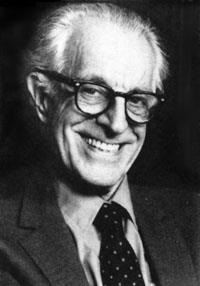Italian Masters Series - Brief REBT (dall'evoluzione della psicoterapia 2000) - Albert Ellis
- Average Rating:
- Not yet rated
- Topic Areas:
- Rational Emotive Behavior Therapy (REBT)
- Categories:
- Italian | World Languages
- Faculty:
- Albert Ellis, PhD
- Duration:
- 51 Minutes
- Format:
- Audio and Video
- Original Program Date:
- Sep 24, 2019
- License:
- Access for 1 year(s) after purchase.
Description
Albert Ellis (2000) dimostra con due volontari. La prima volontaria è arrabbiata e intimidita dai suoi supervisori. Umorismo e immagini sono incorporati. La seconda volontaria sente il bisogno di controllare gli altri ed è arrabbiata quando non può. Ellis usa le immagini per correggere i modelli cognitivi e produrre un cambiamento emotivo.
Obiettivi Formativi:
Per elencare tre tecniche principali di REBT breve.
Per elencare tre vantaggi del REBT breve.
Credits
Faculty

Albert Ellis, PhD Related Seminars and Products
Albert Ellis, PhD, was an American psychologist who in 1955 developed Rational Emotive Behavior Therapy (REBT). He held M.A. and Ph.D. degrees in clinical psychology from Columbia University and American Board of Professional Psychology (ABPP). He also founded and was the President of the New York City-based Albert Ellis Institute for decades.
He is generally considered to be one of the originators of the cognitive revolutionary paradigm shift in psychotherapy and one of the founders of cognitive-behavioral therapies.[2]
Based on a 1982 professional survey of US and Canadian psychologists, he was considered as the second most influential psychotherapist in history (Carl Rogers ranked first in the survey; Sigmund Freud was ranked third).[3][4] Psychology Today noted, "No individual—not even Freud himself—has had a greater impact on modern psychotherapy."[5]


